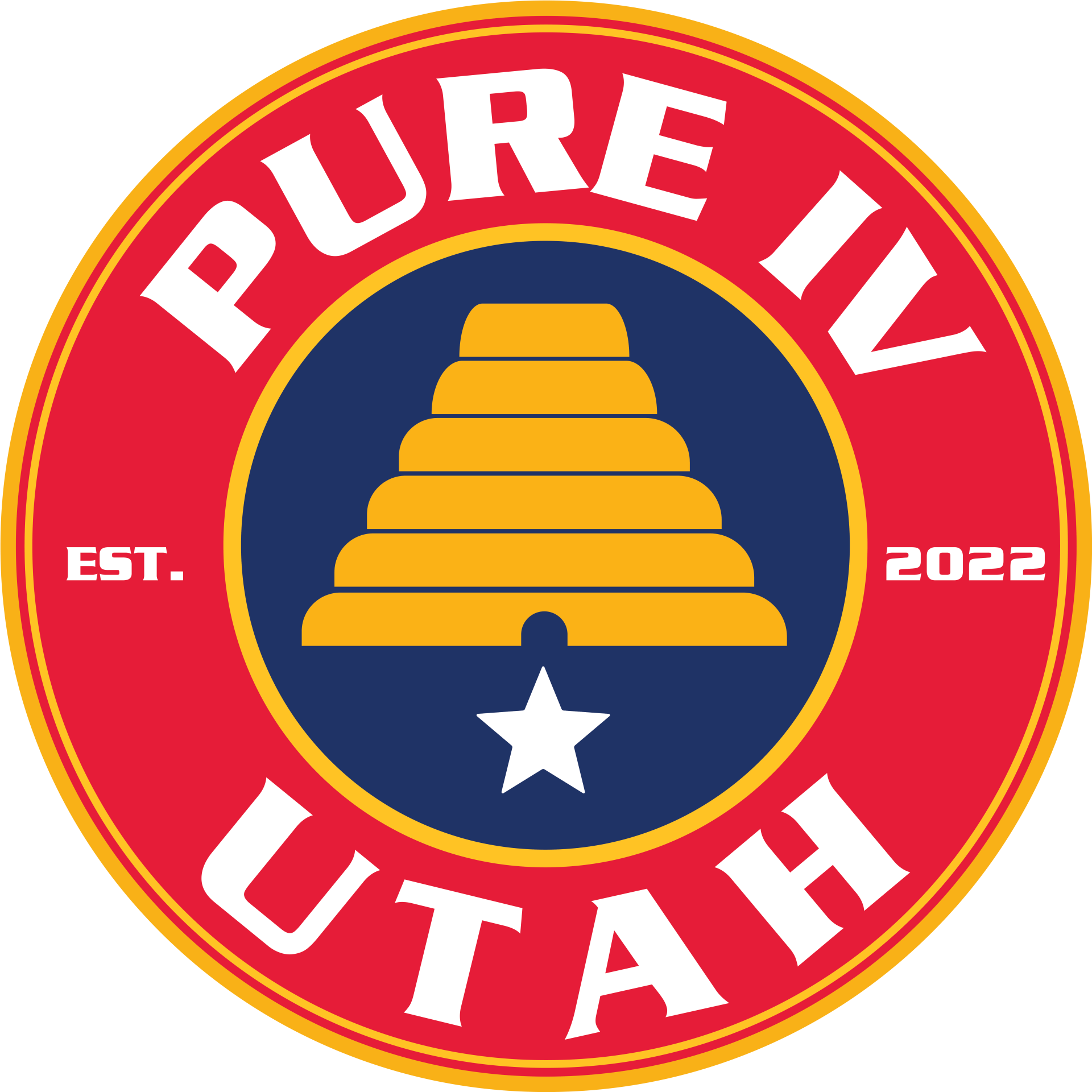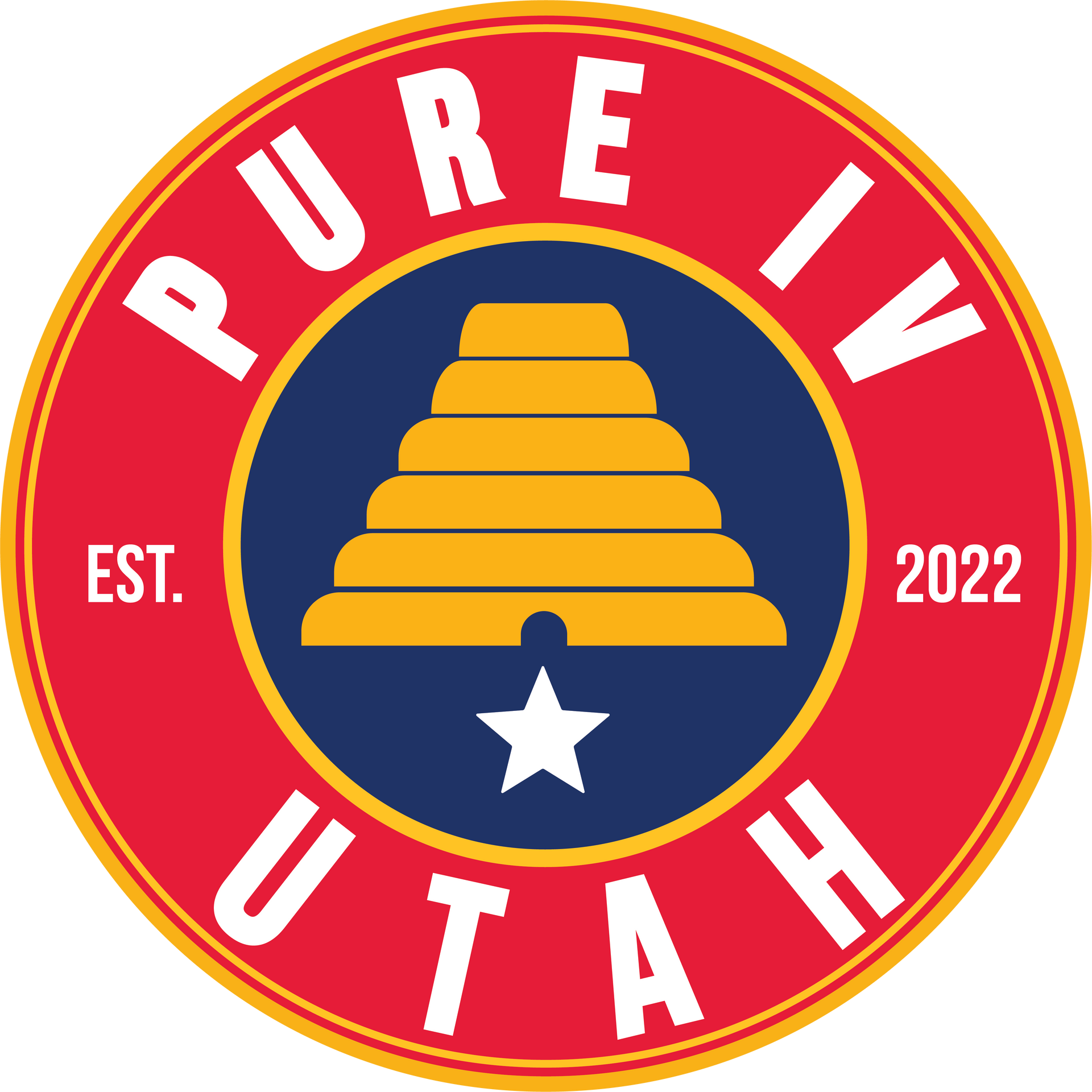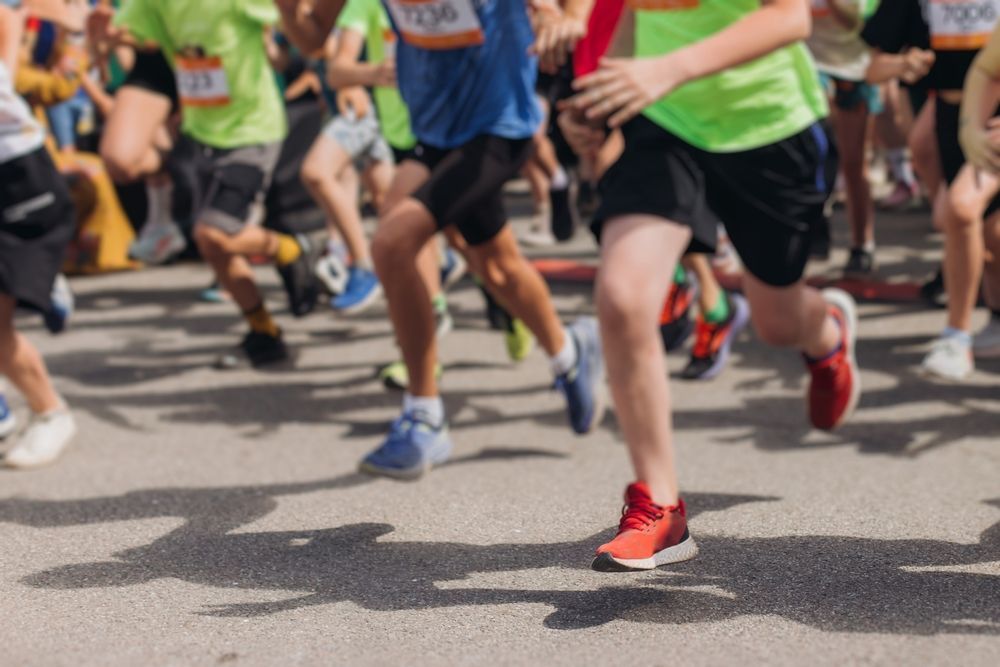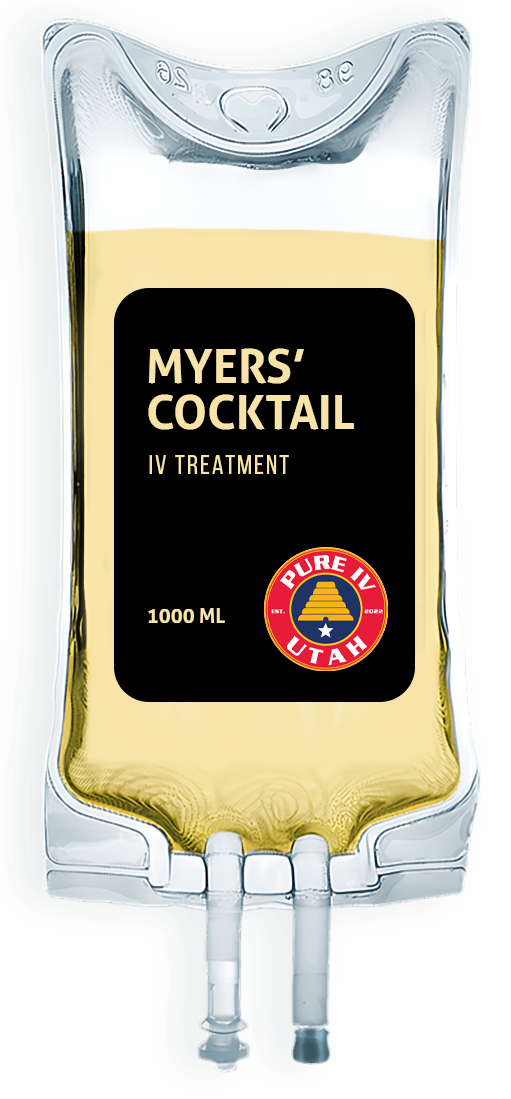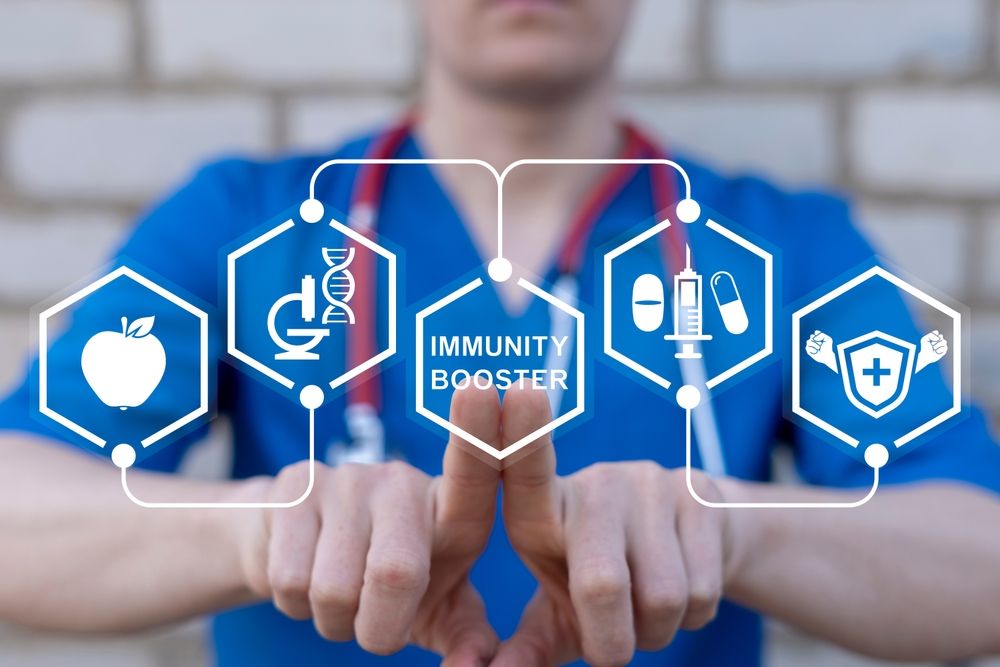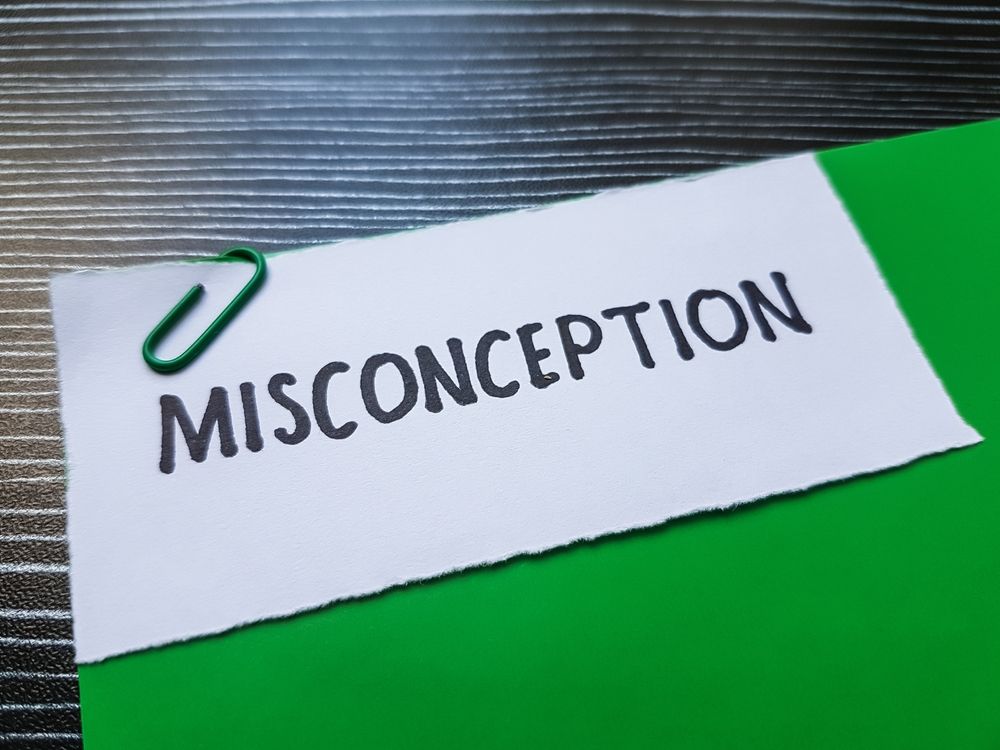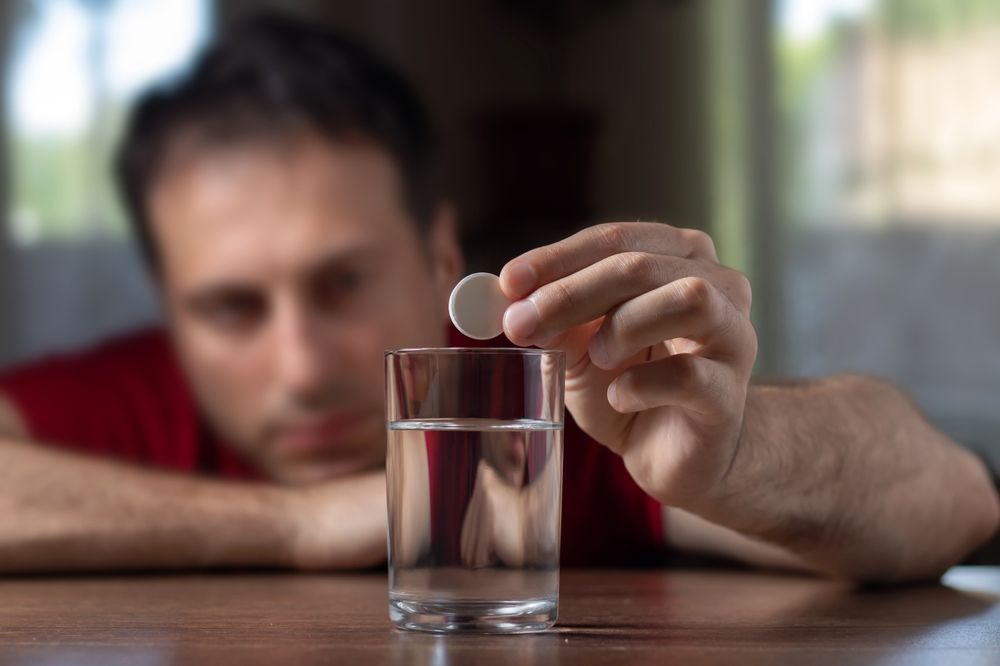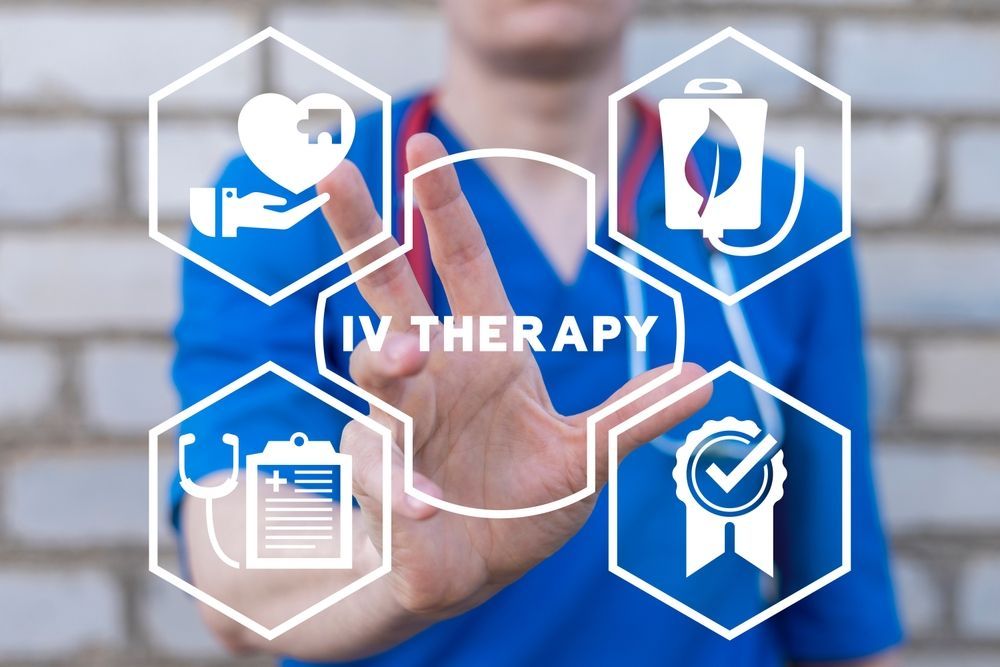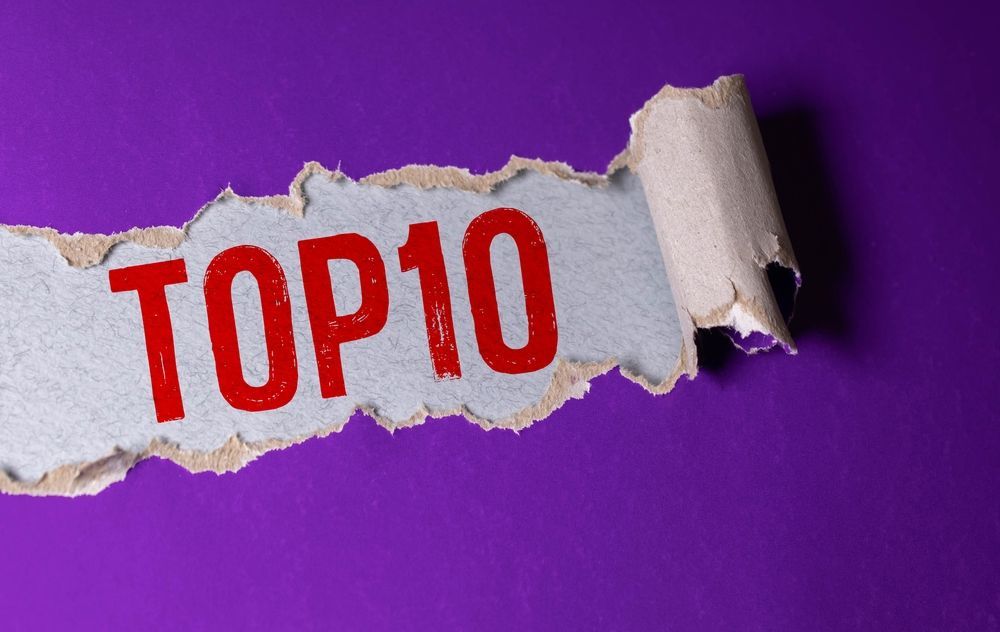Get Rid of Food Poisoning Symptoms with Mobile IV Therapy
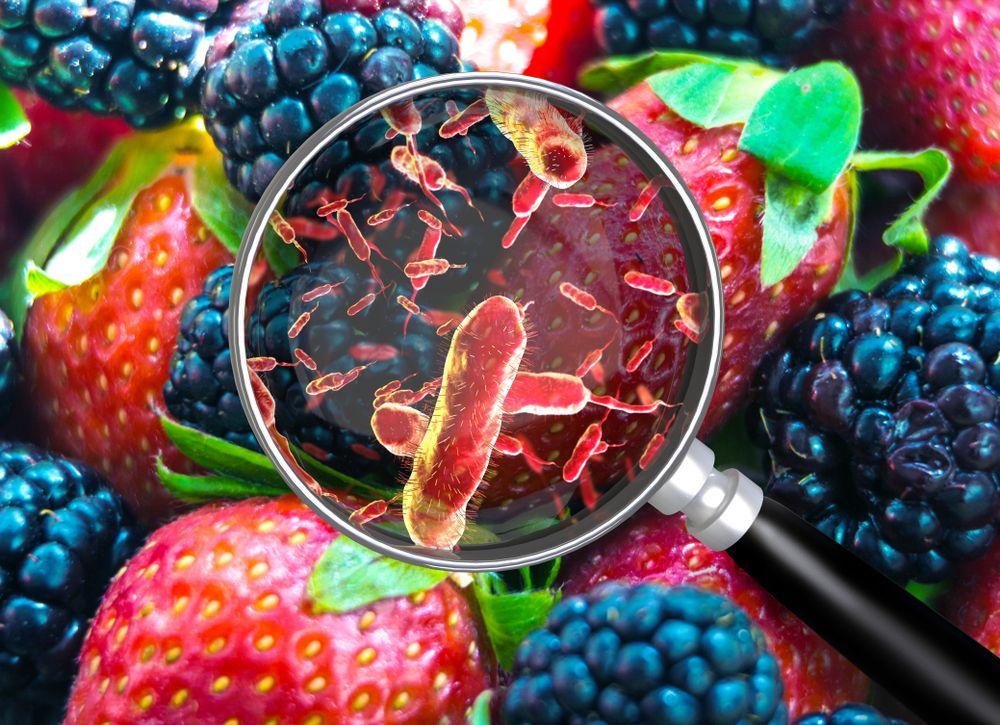
Understanding Food Poisoning: Causes and Symptoms
Food poisoning is a common illness that occurs after consuming contaminated food or beverages. The pathogens responsible can be bacteria, viruses, or parasites, and they can lead to a range of uncomfortable symptoms. Understanding the causes and symptoms is essential to ensure proper treatment and recovery.
Common sources of food contamination include undercooked meats, unwashed fruits and vegetables, and food that has been left out at room temperature for too long. Symptoms can manifest within hours or days after consumption, depending on the type of pathogen involved.
The Common Culprits of Food Poisoning
Several agents are frequently responsible for food poisoning. Some of the most prevalent include:
- Salmonella: Often found in raw poultry, eggs, and sometimes in unwashed fruits.
- Escherichia coli (E. coli): Typically arises from undercooked beef or contaminated water.
- Norovirus: A highly contagious virus usually transmitted through contaminated food or surfaces.
- Campylobacter: Mostly linked to raw or undercooked chicken.
Awareness of these common pathogens can help you make safer food choices and reduce your risk of getting sick.
Recognizing the Signs of Food Poisoning
Food poisoning symptoms can vary based on the type of contaminant. However, most people experience similar reactions to contaminated food. Common signs include:
- Nausea and vomiting
- Diarrhea
- Stomach pain and cramps
- Fever
- Fatigue
If you experience severe symptoms such as high fever, prolonged vomiting, or signs of dehydration, it is crucial to seek medical assistance immediately.
The Science Behind IV Therapy
IV therapy, or intravenous therapy, involves administering fluids, vitamins, and medications directly into the bloodstream. This method allows for rapid absorption and can be especially beneficial for patients experiencing food poisoning who require immediate hydration and nutrition.
The treatments can be tailored to individual needs, ensuring that the body receives exactly what it requires for recovery. This can include rehydration solutions, electrolytes, and other vital nutrients that may be depleted due to vomiting and diarrhea.
How Does IV Therapy Work?
During an IV therapy session, a qualified healthcare professional will insert a small needle into a vein, typically in the arm. This needle is attached to a tube that delivers fluids directly to the patient's bloodstream. The process is generally quick and relatively painless, allowing for immediate symptom relief.
Because the fluids bypass the digestive system, they are absorbed much faster, providing timely relief from dehydration and other nutritional deficiencies caused by food poisoning.
The Role of Hydration in Recovery
Hydration is critical for recovery from food poisoning. When the body loses fluids through vomiting or diarrhea, it becomes vulnerable to dehydration, which can worsen symptoms and prolong recovery time. IV therapy provides an effective solution for restoring hydration levels quickly.
IV solutions often contain a blend of water, electrolytes, and sometimes vitamins to enhance recovery. Adequate hydration helps alleviate symptoms, restore electrolyte balance, and support overall bodily functions.
Mobile IV Therapy: A Convenient Solution
One of the most significant advantages of IV therapy is the convenience of mobile services. Mobile IV therapy brings medical professionals directly to your home, office, or another comfortable location, making it easier for patients to receive treatment without the need to travel.
Accessibility is crucial when dealing with food poisoning symptoms that can leave you feeling weak and fatigued. With mobile IV therapy, you can avoid waiting rooms and lengthy hospital visits while receiving the treatment you need right where you are.
The Benefits of Mobile IV Therapy
Mobile IV therapy offers numerous advantages, such as:
- Convenience: Treatment at home eliminates the need for travel, allowing you to rest.
- Personalized Care: Services are tailored to your specific symptoms and needs.
- Quick Response: Receive immediate care without delays often faced at medical facilities.
- Comfort: Enjoy the comfort of your own environment during treatment.
This level of convenience can significantly enhance the recovery experience, making it easier for you to regain your health quickly.
How Mobile IV Therapy Works
Mobile IV therapy involves scheduling an appointment with a qualified provider who will arrive at your chosen location with all necessary equipment. They will assess your symptoms and determine the appropriate IV solution based on your condition.
The healthcare professional will then set up the IV, monitor your progress, and provide any required support throughout the session. This process usually takes about 30 to 60 minutes, depending on the treatment plan.
IV Therapy for Food Poisoning: What to Expect
If you decide to use mobile IV therapy for food poisoning, it is essential to know what to expect during the treatment process. Here’s a breakdown of the experience.
The Process of IV Therapy for Food Poisoning
The initial step involves a consultation where the healthcare provider will ask about your symptoms, medical history, and any current medications. Following this, they will prepare the necessary IV fluid, which may include saline solution, electrolytes, and other nutrients.
Next, they will initiate the IV line, and you can sit back and relax while the treatment takes place. You can also ask any questions during the infusion, allowing you to feel more at ease throughout the process.
Safety and Side Effects of IV Therapy
While mobile IV therapy is generally safe, it is crucial to ensure that the service provider is licensed and experienced. Common side effects can include:
- Minor discomfort at the injection site
- Temporary swelling
- Rarely, allergic reactions or infections
Discuss any concerns with your provider before the treatment to ensure a safe and effective experience.
Making the Most of Mobile IV Therapy
To benefit fully from mobile IV therapy, it is vital to understand how to prepare and care for yourself post-session. Following these tips can help optimize your recovery process.
Preparing for Your IV Therapy Session
Before your appointment, make sure you are well-hydrated and have a light meal if possible. Inform your provider about any allergies or medical conditions so they can tailor the treatment to your needs. Create a comfortable space where you can relax during the session.
Post-Therapy Care and Tips
After your IV therapy session, it is crucial to continue hydrating and to eat nutritious foods to help your body recover. Avoid strenuous activities for a few hours and monitor your symptoms. If you notice any unusual side effects or if symptoms worsen, contact your healthcare provider immediately.
By understanding and utilizing mobile IV therapy, you can effectively manage the symptoms of food poisoning and facilitate a smoother, quicker recovery process.
GET IN TOUCH
QUICK LINKS
© 2025 Pure IV Utah | All rights reserved | Powered By OMG Marketing | Sitemap
